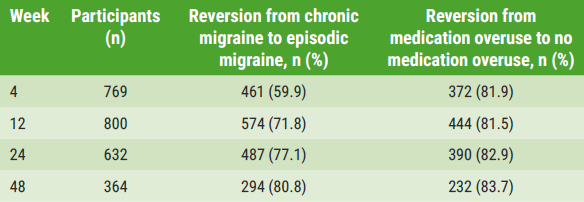In a paper in Communications Biology, researchers report that a small-molecule inhibitor of mitochondrial complex I (MCI) known as CP2 reduces neurodegeneration and improves cognitive function in a translational mouse model of AD.
"Pathways improved by CP2 treatment in APP/PS1 mice comprise major pathways essential for therapeutic efficacy in AD patients," report Dr. Eugenia Trushina with the Mayo Clinic, in Rochester, Minnesota, and colleagues.
"AD is associated with early energy hypometabolism, synaptic and mitochondrial dysfunction, oxidative stress, inflammation, abnormal proteostasis and progressive neurodegeneration," they note in their paper.
CP2 specifically inhibits the activity of MCI in human and mouse brain mitochondria. It penetrates the blood-brain barrier and accumulates in mitochondria, mildly decreasing MCI activity, "essentially inducing mild energetic stress," Dr. Trushina explained in a phone interview with Reuters Health.
In the mouse model of AD, the researchers demonstrated that the mild energetic stress fueled by partial inhibition of MCI with CP2 activates integrated stress-response mechanisms that attenuate the effects of pathological pathways such as abnormal energy homeostasis, synaptic dysfunction and inflammation.
CP2 treatment improved energy homeostasis as well as synaptic activity, which plays a role in memory formation. It also improved dendritic spine maturation, cognitive function and proteostasis and reduced oxidative stress and inflammation in the brain and periphery, "ultimately blocking the ongoing neurodegeneration," they report.
"The therapeutic efficacy achieved has translational relevance," the researchers say, as the treatment was started after the onset of amyloid pathology, cognitive symptoms and progressive neurodegeneration.
Importantly, Dr. Trushina told Reuters Health, "we have shown that we can monitor therapeutic efficacy of this treatment using the same translational biomarkers that will be used in clinical trials," including FDG-PET, phosphorus-31 nuclear magnetic resonance and metabolomics. "This is extremely important for translation into the clinic," she said.
The translational impact of their observations was further demonstrated by cross-validation of mouse and human data from the NIH Accelerating Medicines Partnership-AD database, which showed that pathways improved by the MCI inhibitor in the mice, including the immune response and neurotransmission, "represent mechanisms essential for therapeutic efficacy in AD patients," the study team reports.
Mitochondria have been an "important target of interest" in AD for some time now and this line of research has "come a long way," Dr. Howard Fillit, founding executive director and chief science officer of the Alzheimer's Drug Discovery Foundation (ADDF) noted in a phone interview with Reuters Health.
Dr. Fillit said the ADDF has been supporting research into the CP2 molecule for several years "starting with in vitro work showing its effect on mitochondria and then identifying the specific molecules in the mitochondrial complex. This study shows that it's the mitochondrial complex I that is the target of CP2."
"I think the compendium of evidence here is pretty impressive that there is a therapeutic effect on a whole bunch of outcome measures. I think the next step for this is to go into the clinic," Dr. Fillit said.
The research was supported in part by ADDF. The authors declared no competing interests.
SOURCE: https://go.nature.com/3nxwGzK Communications Biology, online January 8, 2021.
By Megan Brooks
Posted on
Previous Article
« Left atrial appendage occlusion tied to less afib bleeding, mortality vs DOACs Next Article
Inhaled treprostinil improves walking distance in patients with pulmonary hypertension »
« Left atrial appendage occlusion tied to less afib bleeding, mortality vs DOACs Next Article
Inhaled treprostinil improves walking distance in patients with pulmonary hypertension »
Related Articles
April 22, 2022
Biogen pulls application for Alzheimer’s drug in Europe

June 16, 2021
Troriluzole for spinocerebellar ataxia
© 2024 Medicom Medical Publishers. All rights reserved. Terms and Conditions | Privacy Policy
HEAD OFFICE
Laarderhoogtweg 25
1101 EB Amsterdam
The Netherlands
T: +31 85 4012 560
E: publishers@medicom-publishers.com

